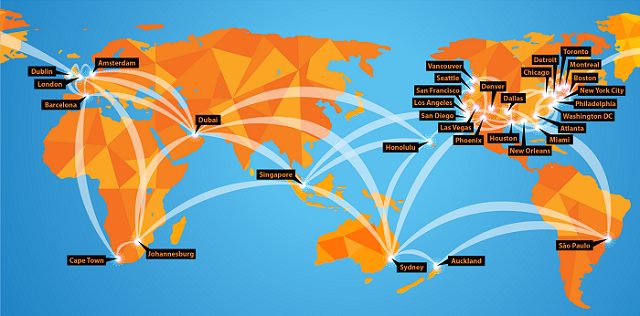Restructuring Personal Debt
By Full Editorial If you’re feeling overwhelmed by debt, you’re not alone. Many people find themselves struggling to make ends meet as they juggle credit card bills, student loans, mortgages, and other financial obligations. It can be a heavy burden that leaves you wondering if there’s any way out. One potential solution to help ease the weight of debt is debt restructuring.
Debt restructuring is when a creditor agrees to modify the terms of your debt to make it easier for you to repay. This could mean a lower interest rate, extending the loan term, or even reducing the total amount you owe. It can be an effective way to reduce monthly payments and give you more breathing room in your budget. If you’re in a tough financial spot, restructuring could be the key to getting your debt under control.
For people living in the Prairie State, programs like those at National Debt Relief in Illinois, offers local programs that offer resources and guidance to help with this process. However, not all debt restructuring options are the same. Let’s break down how debt restructuring works, its pros and cons, and whether it could be a viable option for you.
What Is Debt Restructuring?
Debt restructuring is a formal process where a borrower and lender agree to change the terms of a loan agreement. The goal is to make the debt easier to repay by adjusting the terms to fit the borrower’s current financial situation. This could include extending the loan term, lowering the interest rate, or reducing the overall balance owed.
Essentially, debt restructuring is a way to make your debt more manageable without resorting to bankruptcy. It can be a helpful option for those struggling with high-interest debt or multiple obligations. If you’re overwhelmed by payments and struggling to keep up, debt restructuring may give you a fresh start by easing the financial strain.
There are several ways to restructure debt, and the exact terms will depend on your lender, your financial situation, and the type of debt you have. This process isn’t an easy fix, but it can be a lifeline for those who need a little more time or a break from high monthly payments.
Types of Debt Restructuring
Debt restructuring can take many forms, and it’s important to understand the different options available. Here are the most common methods used to restructure debt:
Lowering the Interest Rate
One of the most common forms of debt restructuring is negotiating a lower interest rate on your loans or credit cards. By reducing the interest rate, more of your monthly payment goes toward the principal, rather than just covering the interest. This can help you pay off your debt faster and save money in the long run.
If you’re dealing with high-interest credit cards or loans, a reduced interest rate can significantly lower the total amount you pay over the life of the loan. Some lenders may be open to negotiating the rate, especially if you’ve been a loyal customer or if your current rate is significantly higher than what’s available in …read more
Source:: Social Media Explorer

































